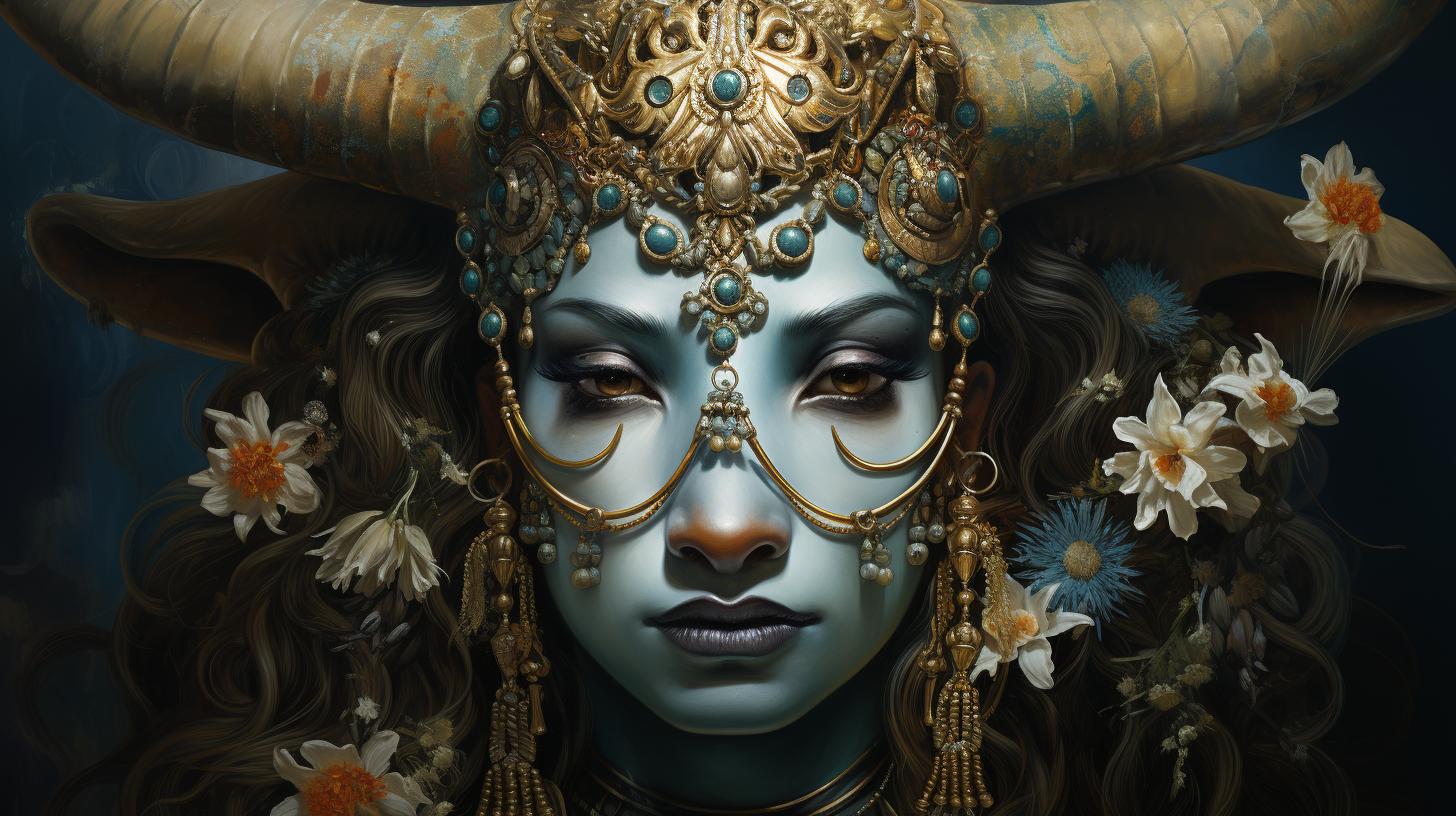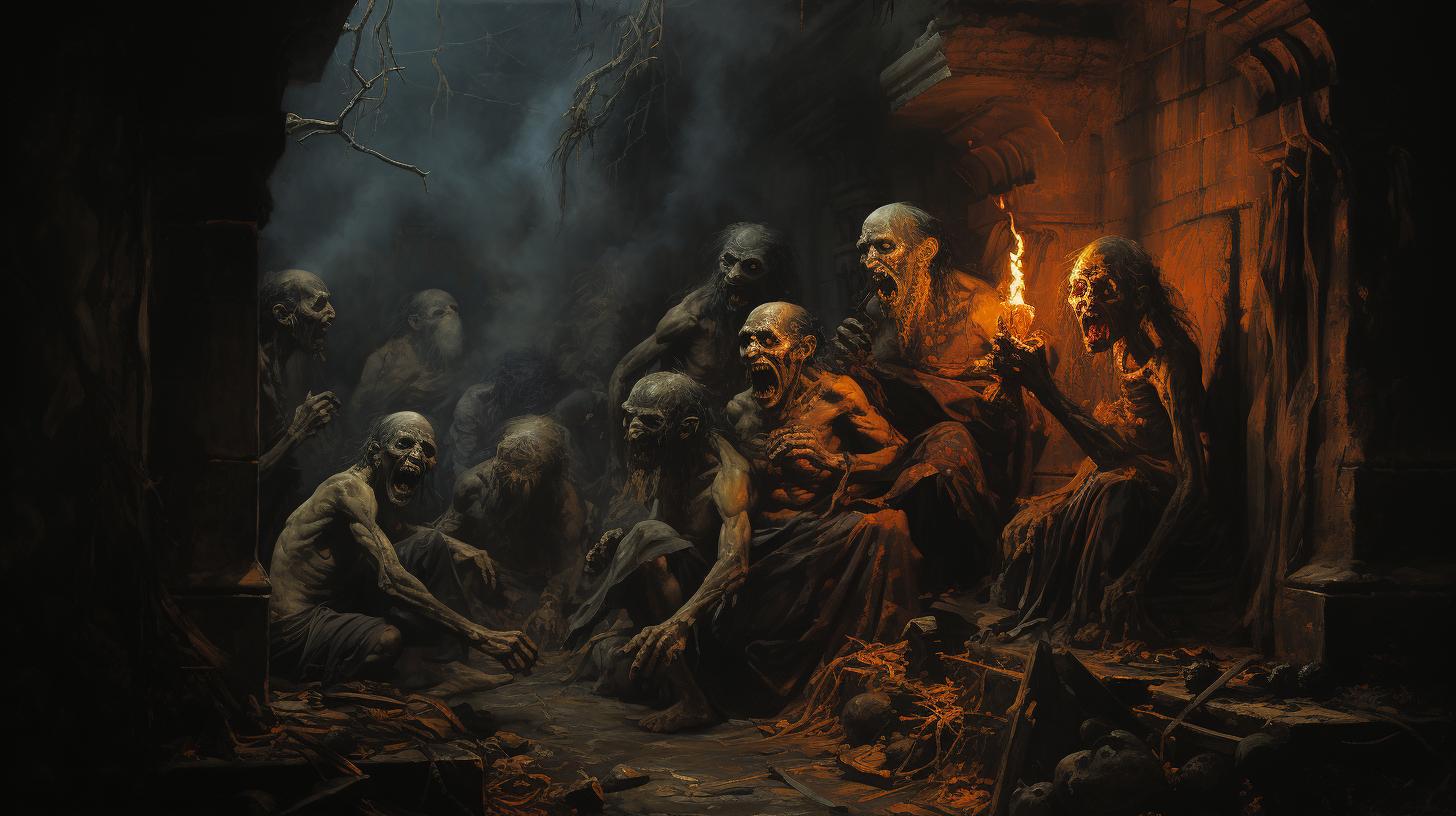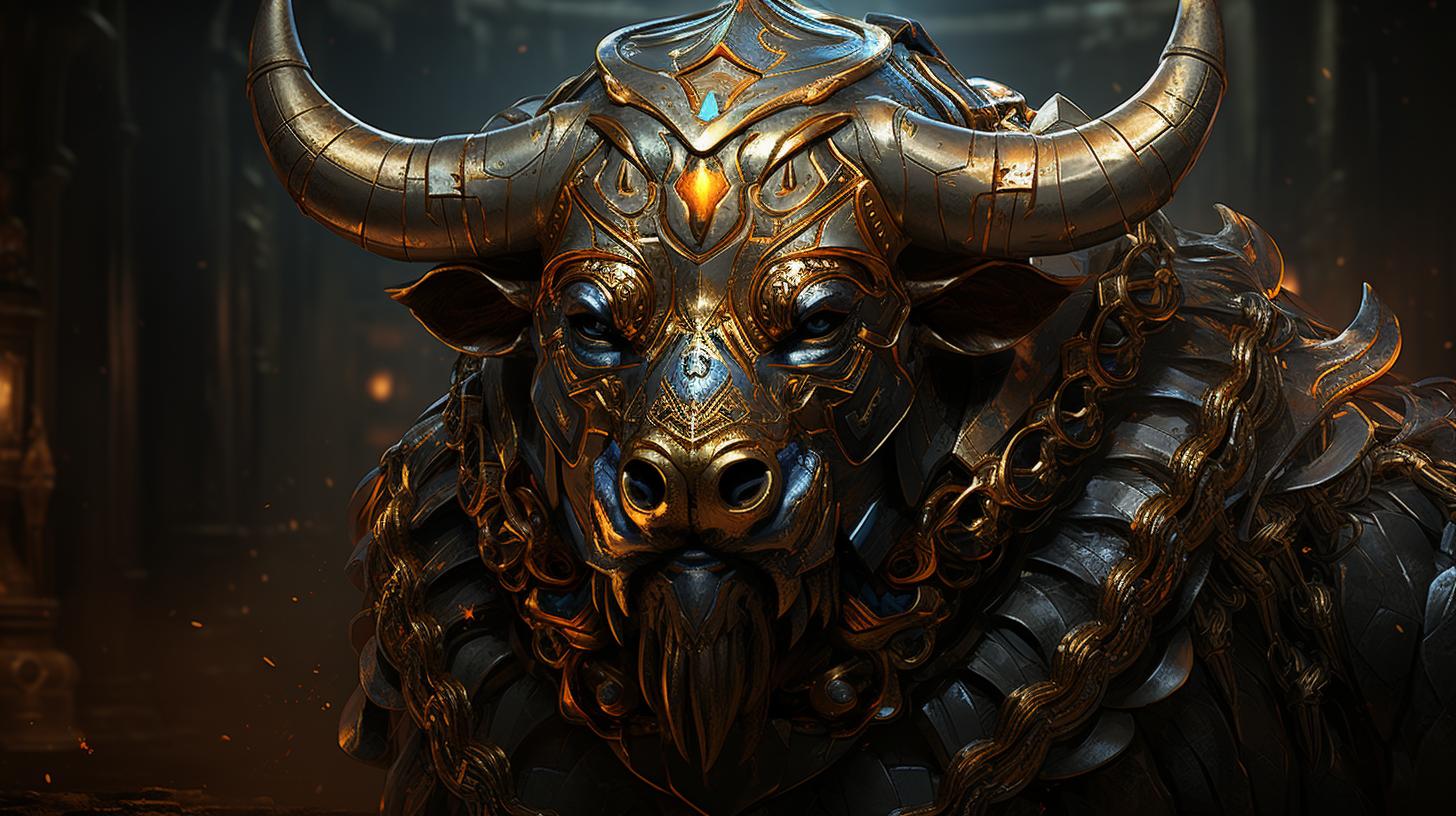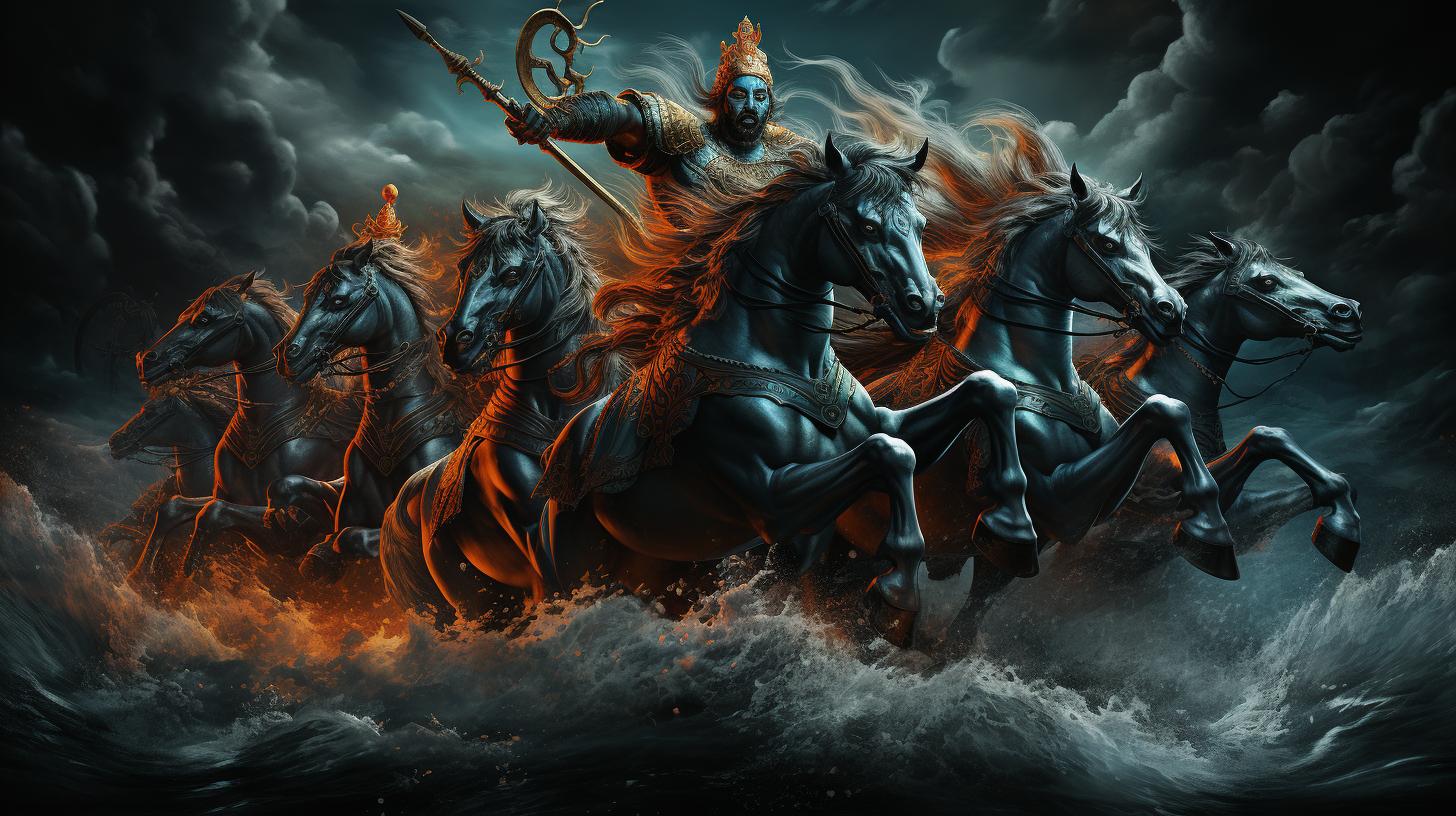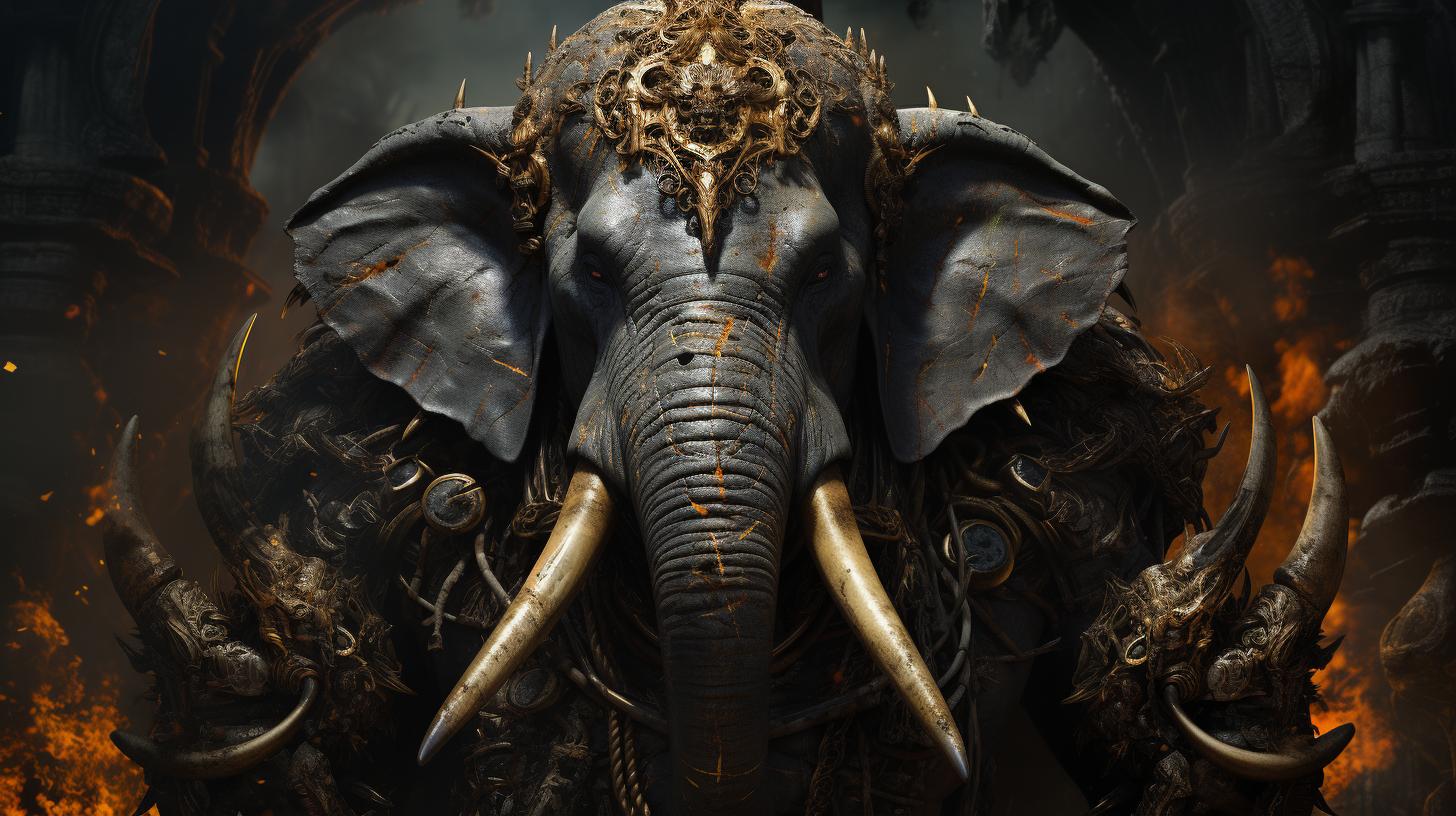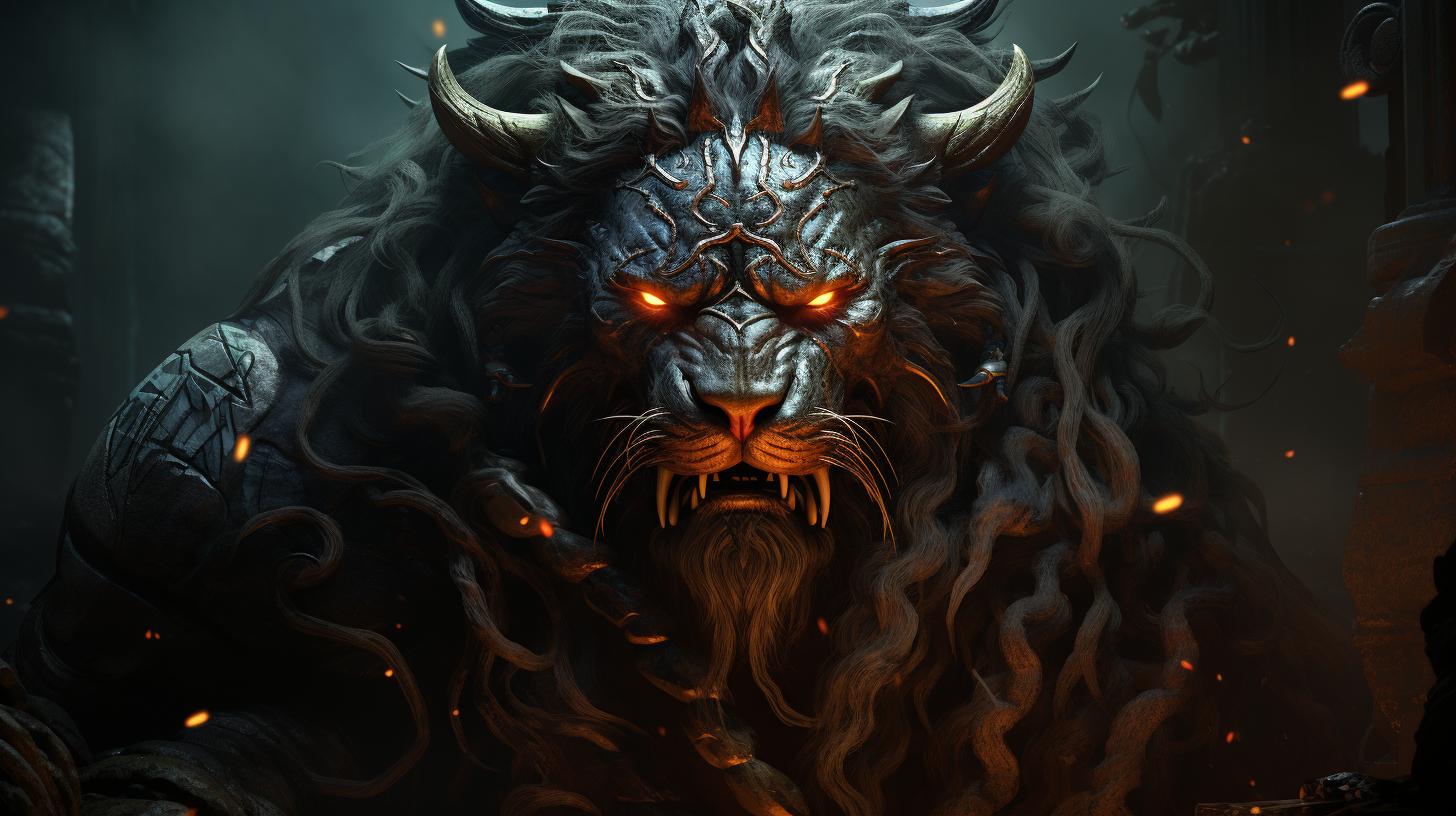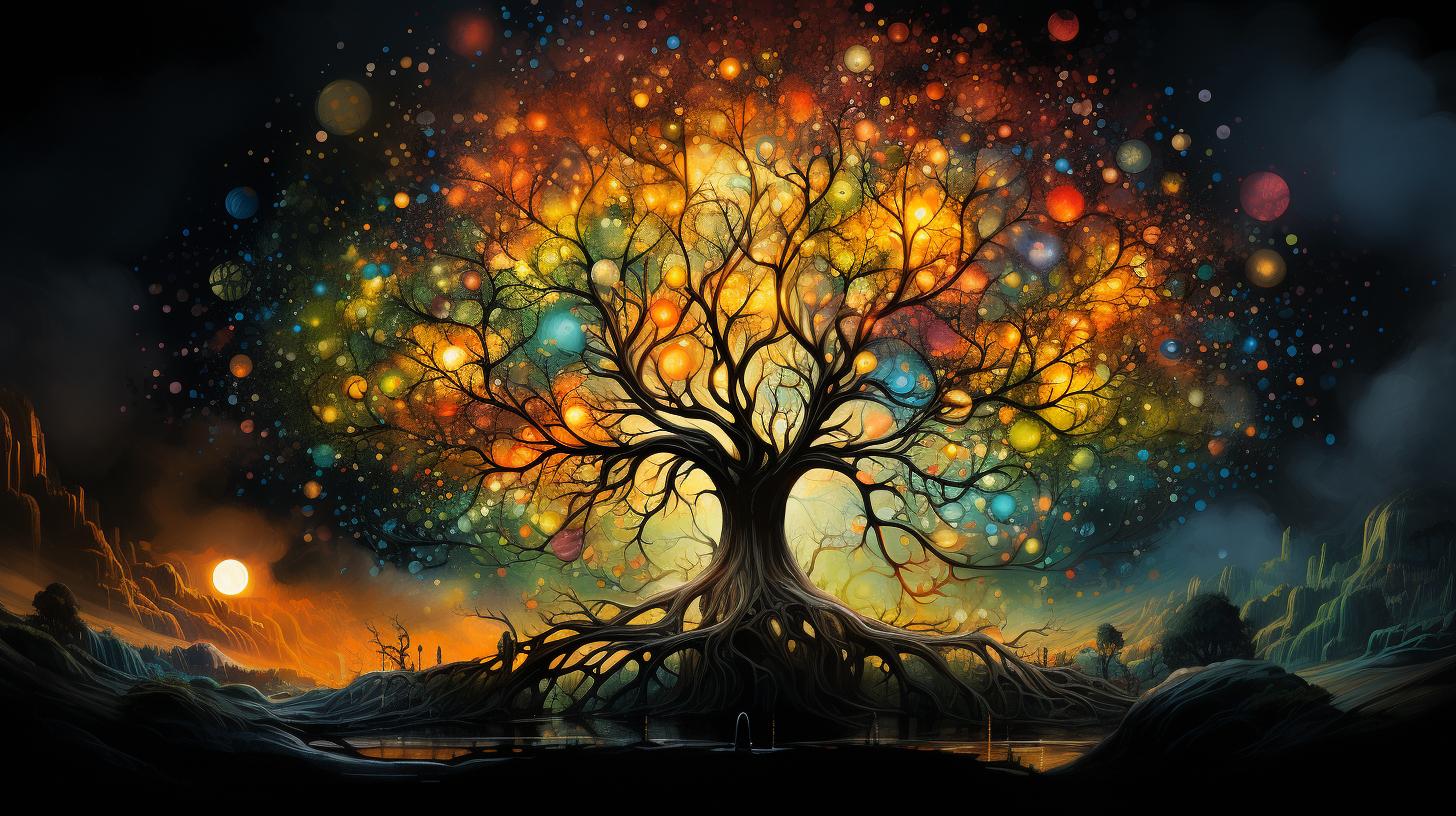Airavata Elephant Story: Tales of Majestic Elephants in the United States
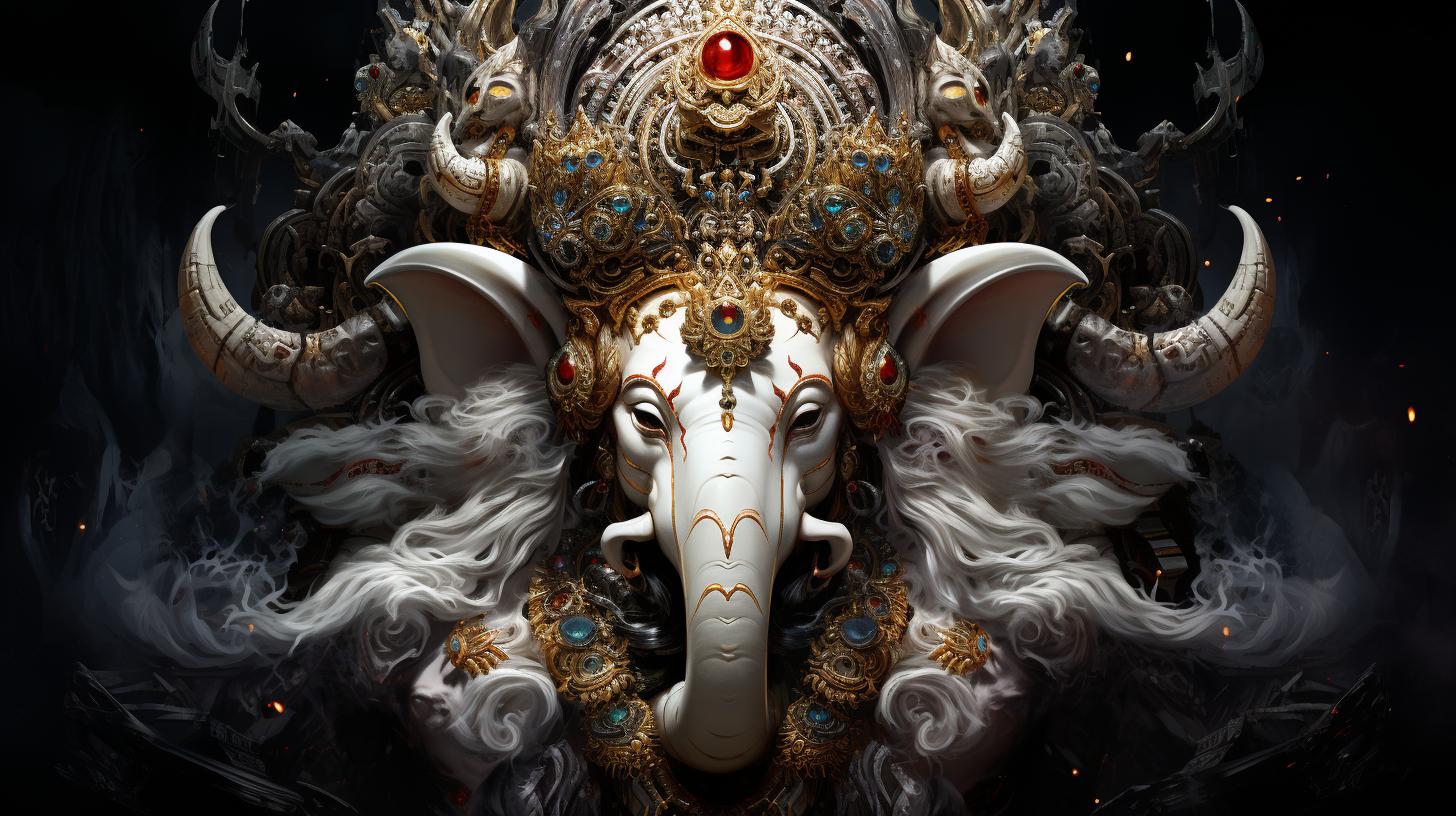
Airavata Elephant Story explores the mythology, symbolism, and cultural significance of the majestic Airavata elephant in Hinduism. From its origin as the celestial mount of Indra, the king of gods, to its portrayal in ancient texts and scriptures, Airavata holds a prominent place in Hindu art, rituals, and festivals.
This article delves into the historical references, modern interpretations, and the enduring influence of Airavata on popular culture. Discover the captivating tale of Airavata and uncover the answers to frequently asked questions related to this revered symbol in Hindu mythology.
The Mythology of Airavata
The mythology of Airavata revolves around Hindu gods, deities, and their association with the majestic elephant. It delves into the stories and beliefs surrounding this iconic creature in Hindu mythology and the significance it holds in religious and cultural contexts.
Hindu Gods and Deities
Hinduism has a rich pantheon of deities worshipped by millions of followers. The mythological stories associated with these gods and their interactions with various creatures play a crucial role in shaping Hindu beliefs and practices.
Indra, the King of Gods
Indra is an important deity in Hindu mythology and is often depicted as the king of gods and the lord of heavens. He is associated with thunder, lightning, and rain, and is believed to possess immense power and authority in the divine realm.
Airavata: The Elephant of Indra
- Airavata, also known as Erawan, is the celestial elephant associated with Indra, the king of gods.
- According to Hindu mythology, Airavata emerged during the churning of the cosmic ocean, known as Samudra Manthan.
- It is believed that Airavata is white in color, has four tusks, and possesses the ability to fly.
- The divine elephant is often portrayed as a symbol of strength, wisdom, and prosperity.
- Airavata serves as the mount of Indra and is said to play a significant role in celestial battles and other mythological events.
The mythology of Airavata provides insights into the divine status and cultural significance of this magnificent elephant as it relates to Hindu gods and deities, particularly Indra.
Airavata in Hindu Texts
The mythology surrounding Airavata is deeply rooted in Hindu texts, offering rich insights into its significance and symbolism.
This section explores two key sources that highlight the presence of Airavata in Hindu scriptures: the Vedic texts and ancient scriptures, as well as the Vishnu Purana.
Vedic Texts and Ancient Scriptures
The Vedic texts, composed between 1500 and 500 BCE, mention the divine elephant Airavata as Indra’s loyal mount and the embodiment of strength and fertility.
These ancient scriptures, known as the Rigveda and Atharvaveda, portray Airavata as a majestic creature with seven trunks, representing its divine nature and awe-inspiring power.
In these texts, Airavata is described as emerged from the churning of the cosmic ocean during the creation of the universe.
Symbolizing abundance and prosperity, the elephant is associated with the rain-bearing clouds and is believed to bring rain and fertility to the land.
The Vishnu Purana and Airavata
The Vishnu Purana, an important Hindu scripture written between the 1st and 4th centuries CE, elucidates the significance of Airavata in greater detail. According to this sacred text, the origin of Airavata lies in the mythical event of the churning of the milky ocean, also known as Samudra Manthan.
During the churning, numerous divine beings and precious objects emerged from the ocean. Airavata, along with other celestial treasures, arose as a prized possession. Indra, the king of gods, claimed Airavata as his divine mount, granting the elephant a position of unparalleled honor.
The Vishnu Purana describes Airavata as white and radiant, with a majestic form and extraordinary capabilities. It emphasizes the elephant’s association with Indra, highlighting its role as a symbol of power, strength, and divine protection.
Symbolism and Significance of Airavata
The Airavata elephant holds great symbolism and significance in Hindu mythology. It represents various aspects of power, wisdom, and divine presence. Let’s explore the different dimensions of its symbolism:
The White Elephant in Hinduism
In Hinduism, the white elephant holds a special place as a symbol of purity, fertility, and abundance.
It is believed to be an auspicious animal, associated with divine beings and highly revered. With its majestic presence, the Airavata elephant exemplifies these qualities, embodying purity and divine blessings.
Airavata as a Symbol of Power and Wisdom
Airavata is considered a symbol of immense power and wisdom.
As the mount of Indra, the king of gods, it represents strength, authority, and rulership. The elephant’s association with Indra signifies its role as a conduit between the gods and humans, bridging the divine and mortal realms.
Airavata’s wisdom is reflected in its association with intelligence, insight, and spiritual enlightenment. It is believed that the elephant’s deep knowledge and profound understanding can guide individuals on their path towards self-realization and higher consciousness.
Overall, the symbolism of Airavata goes beyond its physical appearance, elevating it to a revered status in Hindu mythology. From its representation of purity and abundance to its embodiment of power and wisdom, the Airavata elephant holds a significant place in the hearts and minds of devotees.
Cultural and Religious Association with Airavata
The cultural and religious association with Airavata holds immense significance in Hindu traditions. This section explores how Airavata is depicted in Hindu art and iconography, as well as the festivals and rituals associated with this revered elephant.
Airavata in Hindu Art and Iconography
Hindu art and iconography often portray Airavata as a majestic white elephant with multiple trunks and celestial ornaments. The intricate artwork showcases the divine symbolism and awe-inspiring presence of Airavata.
Airavata’s depiction in ancient sculptures, paintings, and temple carvings reflects its association with power, wisdom, and divine grace.
The intricate details of these artistic representations symbolize the reverence given to Airavata in Hindu culture.
Artistic interpretations of Airavata often highlight its significance as the divine mount of Indra, emphasizing its role as a celestial being in Hindu mythology.
These artistic renderings also serve as a visual reminder of Airavata’s mythical importance and inspire devotion among the followers.
Festivals and Rituals Associated with Airavata
Airavata is honored and celebrated through various festivals and rituals in Hinduism. These events provide opportunities for devotees to offer prayers, seek blessings, and express their reverence for Airavata.
One such festival is the ‘Airavatesvara Temple Car Festival’ held in Tamil Nadu, India.
The festival involves grand processions of the deity and the temple car, which is beautifully decorated with images of Airavata. Devotees participate in the vibrant festivities, chanting hymns and engaging in devotional activities.
Rituals dedicated to Airavata are also performed during significant occasions like the annual celebrations of Indra’s worship. These rituals involve the recitation of sacred hymns, offering of flowers, fruits, and incense, and the symbolic representation of Airavata through decorative adornments.
Devotees believe that participating in these festivals and rituals purifies the mind, invokes blessings, and deepens the spiritual connection with Airavata and the divinity it embodies.
- The cultural and religious association with Airavata is reflected in Hindu art and iconography, where it is portrayed as a majestic white elephant with celestial ornaments.
- Airavata’s depiction in ancient sculptures, paintings, and temple carvings symbolizes its association with power, wisdom, and divine grace.
- Festivals like the ‘Airavatesvara Temple Car Festival’ in Tamil Nadu celebrate Airavata through grand processions and devotional activities.
- Rituals dedicated to Airavata are performed during significant occasions, involving offering of prayers, recitation of hymns, and symbolic representations.
Historical References and Interpretations
Historical depictions of Airavata and its significance can be found throughout Indian history and literature.
These references provide valuable insights into the cultural and religious associations with this mythical elephant.
Historical Depictions of Airavata
Airavata has been portrayed in various forms of ancient Indian art and architecture. Sculptures, carvings, and paintings found in temples and historical sites depict Airavata as a majestic white elephant with multiple trunks and adorned with jewels.
These intricate representations showcase the reverence and admiration for this divine creature.
Airavata in Indian Literature and Folklore
Airavata holds a significant place in Indian mythology and folklore. It appears in numerous ancient Indian texts, including the Mahabharata and the Ramayana, as well as in regional epics and stories.
These narratives often depict Airavata as a symbol of power, wisdom, and prosperity, carrying gods and kings on its back.
In folklore, Airavata is often associated with rain and fertility. It is believed that the elephant’s presence brings rainfall, ensuring agricultural abundance and prosperity for the people.
Such tales have been passed down through generations, emphasizing the deep-rooted cultural significance of Airavata.
Modern Interpretations and Popularity
The Airavata elephant story has transcended its traditional roots and found its place in modern interpretations, influencing various forms of art, media, and popular culture. Here are some aspects that highlight its contemporary relevance:
Airavata in Contemporary Art and Media
- Artistic Representations: Artists from different genres have depicted the Airavata elephant in paintings, sculptures, and installations, showcasing its majestic presence and symbolism.
- Literary Works: Contemporary authors incorporate the Airavata elephant into their fictional narratives, exploring its mythical attributes and captivating readers with its awe-inspiring presence.
- Film and Television: Airavata’s imagery and symbolism have inspired filmmakers and television producers, appearing in cinematic productions, documentaries, and even animated series.
The Influence of Airavata on Popular Culture
Airavata’s significance extends to popular culture, leaving its mark in various forms of entertainment and everyday references:
- Symbol of Power and Wisdom: Airavata’s representation as a divine, white elephant has become a symbol of wisdom, strength, and nobility in contemporary symbolism and imagery.
- Corporate Branding: The Airavata elephant finds its way into corporate logos, representing qualities such as intelligence, stability, and reliability.
- Fashion and Design: Airavata’s elegance and graceful presence have influenced fashion designers, who incorporate its imagery into clothing lines, accessories, and home decor.
- Popular Merchandise: Airavata-themed merchandise, including posters, figurines, and collectibles, can be found in stores and online platforms, allowing enthusiasts to showcase their admiration for this divine creature.
Overall, modern interpretations of the Airavata elephant story have ensured that its mythical significance and symbolism continue to thrive, connecting it with contemporary artistic expressions, popular culture references, and everyday inspirations.
Airavata Elephant Story: Frequently Asked Questions
What is the story of Airavata in Hindu mythology?
The story of Airavata in Hindu mythology revolves around his divine birth, his significance as the celestial white elephant, and his association with the god Indra. According to the myth, Airavata emerged during the churning of the cosmic ocean and became the mount of Indra, symbolizing his power and authority.
He is often depicted as a majestic creature with multiple trunks and is revered for his strength and wisdom.
Who are the main deities associated with Airavata?
The main deities associated with Airavata are Indra, the king of gods, and Lord Ganesha, the elephant-headed god. Indra is often depicted riding Airavata as his vahana (vehicle), emphasizing his connection to power and leadership.
Lord Ganesha, known as the remover of obstacles, is also associated with Airavata, representing his divine strength and wisdom.
How is Airavata depicted in Hindu art and iconography?
Airavata is commonly depicted in Hindu art and iconography as a magnificent white elephant with multiple trunks and sometimes adorned with jewels and other decorative elements. He is often portrayed alongside Indra or Lord Ganesha, showcasing his significance and divine presence.
The artistic representations of Airavata symbolize his strength, grace, and association with prosperity.
What is the significance of Airavata in Hindu rituals and festivals?
Airavata holds immense significance in Hindu rituals and festivals. During religious ceremonies and pujas, devotees invoke Airavata’s presence by offering prayers and performing rituals to seek blessings of wisdom, strength, and prosperity.
In festivals like Indra Jatra and Ganesha Chaturthi, processions and festivities are held with the grand display of elephants, highlighting the reverence for Airavata as a symbol of divinity.
How has Airavata influenced modern culture?
Airavata’s influence extends beyond ancient mythology into modern culture. In various forms of art, literature, and media, Airavata continues to be revered as a symbol of power, wisdom, and fertility. His iconic representation has found its way into contemporary works, including paintings, sculptures, and even commercial products.
The belief in the auspicious qualities associated with Airavata resonates with individuals seeking spiritual inspiration and connection with Hindu traditions in today’s world.
.












